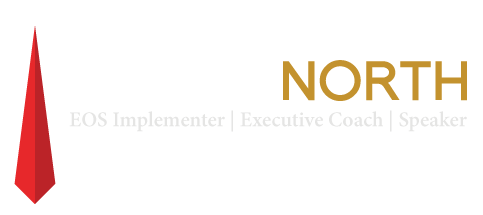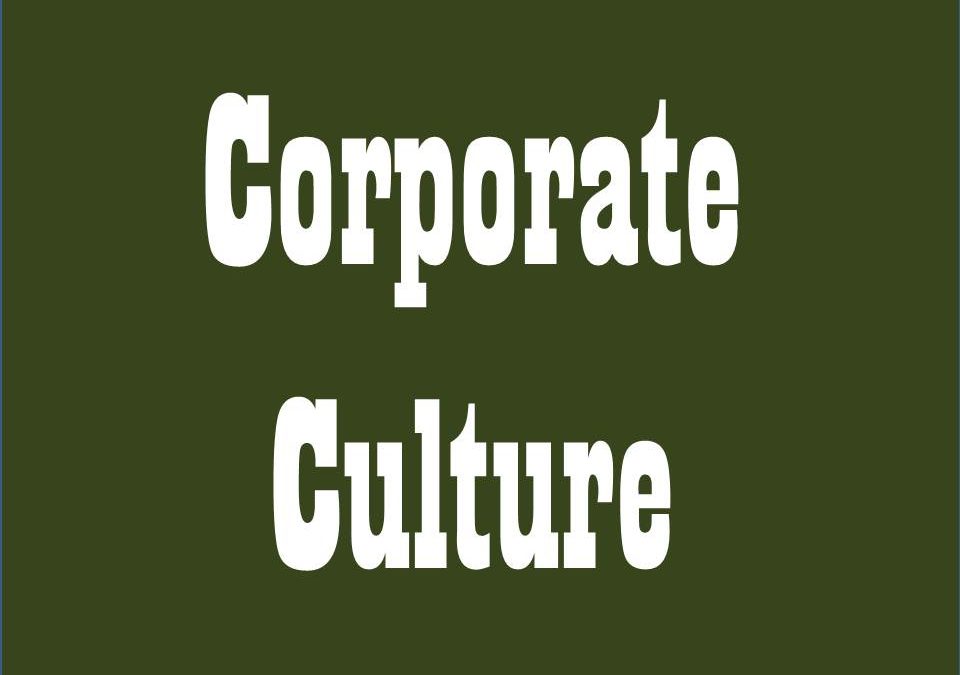Surprising, New High-Performance Organizational Culture Characteristic
New research demonstrates that distractions drastically decrease your fluid intelligence. They can literally make you dumb! The new high-performance organizational culture characteristic is a culture that minimizes interruptions.
Research also shows that certain interruptions (distractions) can change fluid IQ as much as 13 – 14 points. Such a change in magnitude represents an increase in intelligence from average to superior or a decrease from average to borderline deficient. Huge changes!
To build a high-performance organizational culture, your people need to be as smart as possible, so you must … minimize distractions.
What is fluid intelligence?
Christopher Bergland defines fluid intelligence as the capacity to think logically and solve problems in novel situations, independent of acquired knowledge. Fluid intelligence involves the ability to identify patterns and relationships that underpin new problems and extrapolate these findings using logic. Fluid intelligence is directly linked to creativity and innovation.
One study found that people experienced an average of 87 interruptions (distractions) per day. Interestingly, 65 of these interruptions were self-initiated, and 22 were external to them. Other studies show that it takes at least 23 minutes to get back on track after an interruption. How can individuals, teams or organizations be high performers when continually being distracted and losing focus? They can’t.
Not all distractions are bad, however! If you’re a salesperson whose phone is ringing for a potential sale, the interruption is obviously welcome and beneficial. However, if you’re working on a task that requires you to be in the “flow,” be creative or solve a challenging problem, a ringing phone is a distraction that actually decreases your fluid intelligence.
Two types of distractions:
There are two types of distractions: internal and external. External distractions are obvious; they include anything that is external to your thinking.
External distractions include:
- Phone calls.
- Meetings.
- Unexpected visits.
- Email.
- Instant messaging.
- Going to the bathroom.
- Getting something to drink.
- Eating.
Internal distractions are not obvious and include negatively focused thoughts, such as:
- Anything that preoccupies your thinking.
- Things you worry about.
- Any fear that gets your attention.
Terri Griffith in a Harvard Business Review blog reported that Stefan Groschupf, founder and CEO of Datameer, has created a culture to help reduce negative interruptions and increase flow. He encourages people to switch off email, have fewer meetings and concentrate on smaller chunks of work. He also promotes consciously focusing on reducing interruptions and increasing engagement with work.
There are many pieces to creating a high-performance organizational culture. Fluid intelligence is critical for managers and leaders to be good problem solvers, strategists and visionaries.
Minimizing distraction is a new high-performance organizational culture characteristic. How might minimizing distractions help you create a high-performance culture and high-performing organization?


